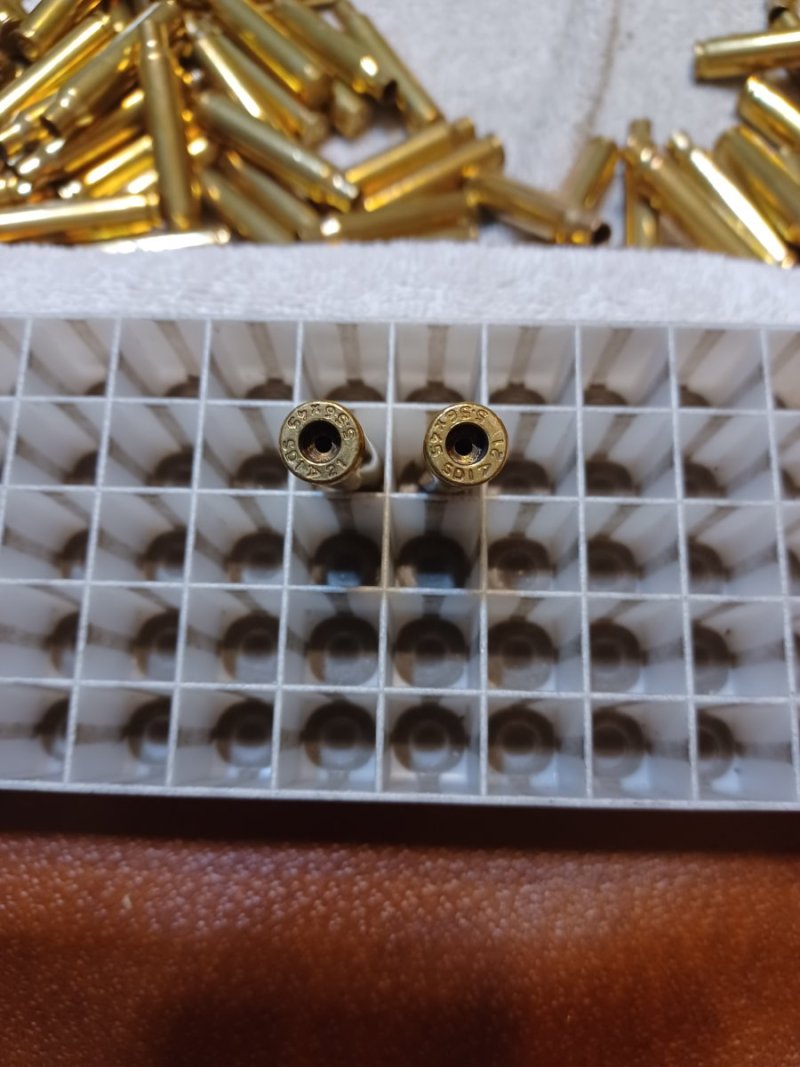You need a trimmer if your going to be loading any type of bottleneck calibers.
Performance, but most importantly, safety makes it a necessity. Long cases not only
don't go into full battery reliably, but if they are forced closed, can and will drive
pressures literally through the roof. A long case can cause the bullet to be squeezed
much too tight when chambered.
I full length size all new brass and trim many new ones simply for uniformity, especially for precision
loads.
Yea, if loading for rifles, trimming is a necessary evil.
Performance, but most importantly, safety makes it a necessity. Long cases not only
don't go into full battery reliably, but if they are forced closed, can and will drive
pressures literally through the roof. A long case can cause the bullet to be squeezed
much too tight when chambered.
I full length size all new brass and trim many new ones simply for uniformity, especially for precision
loads.
Yea, if loading for rifles, trimming is a necessary evil.






